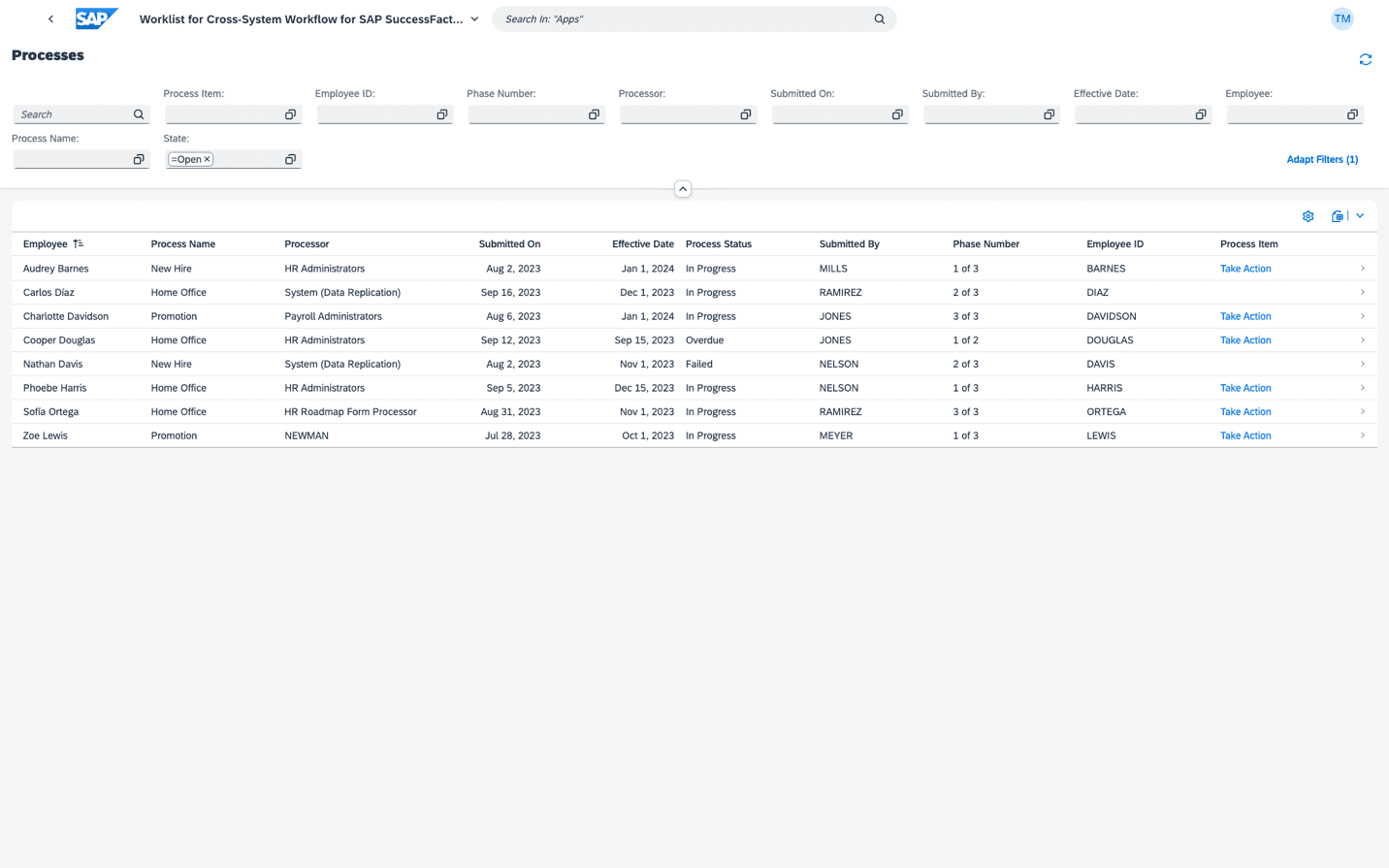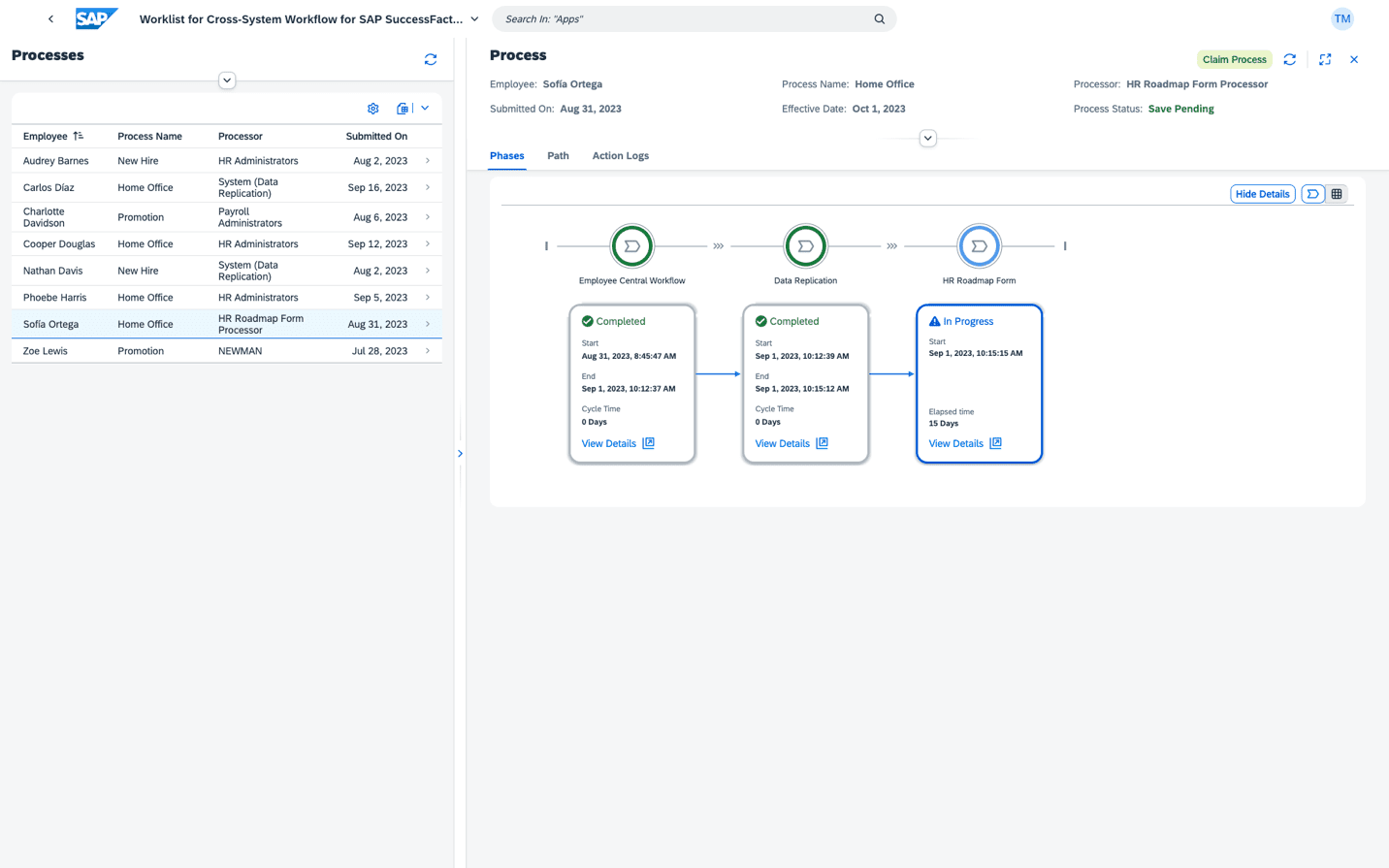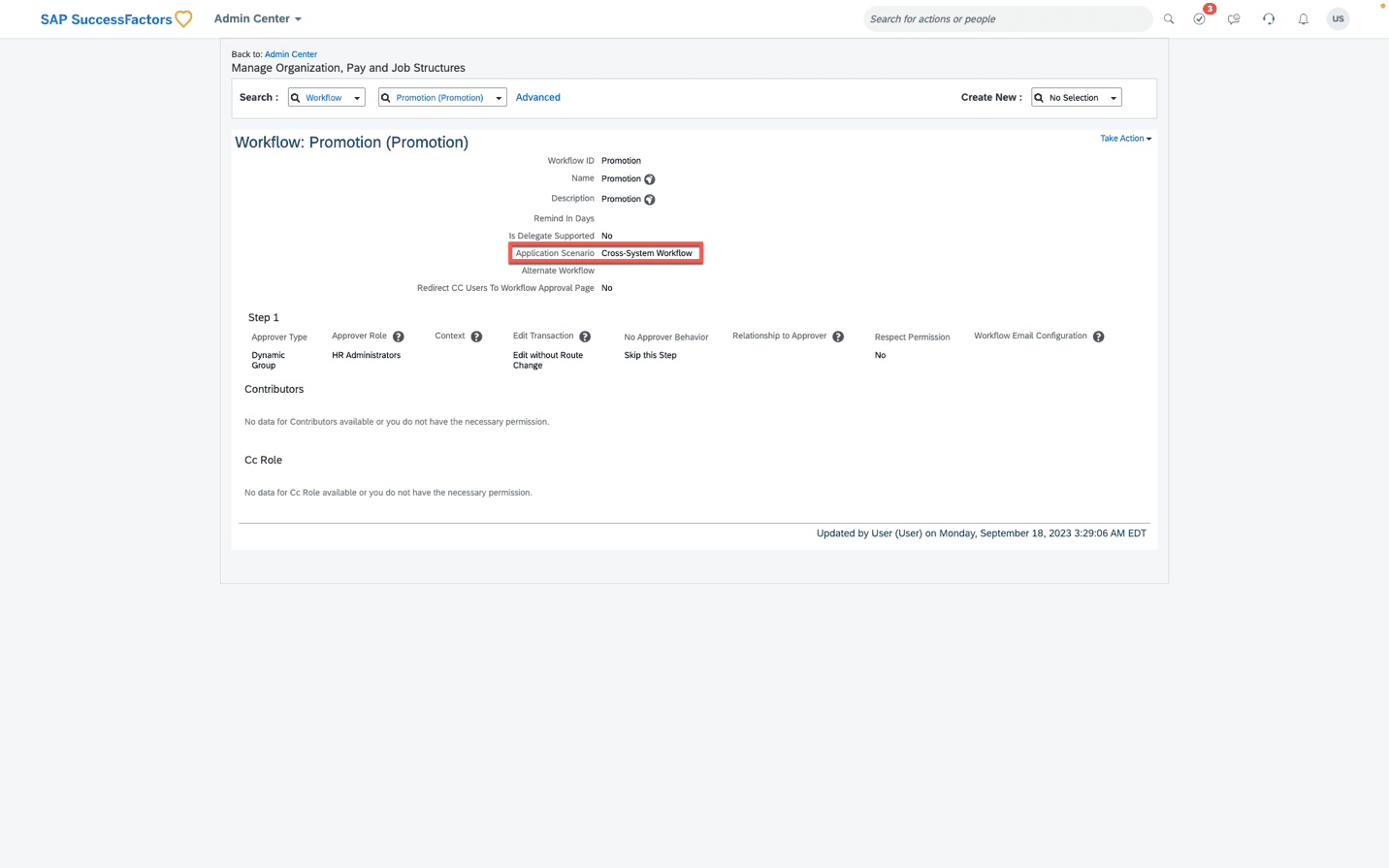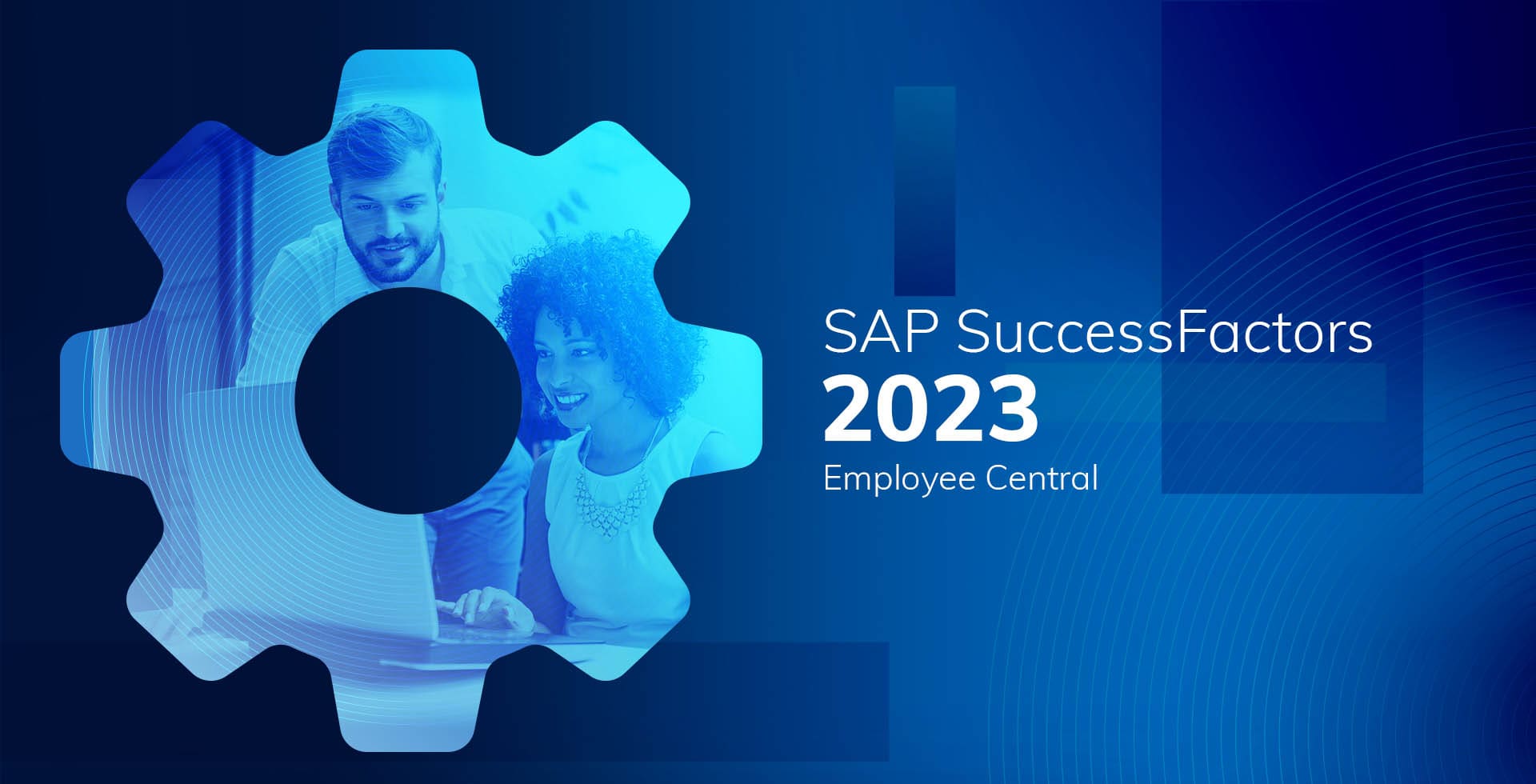We’ve broken down the major 2H 2023 SAP® SuccessFactors® updates to help you easily digest the latest changes. In this post, we’ll look at what’s new in Employee Central.
Employee Central Quick Actions for Employee and Manager Self Services
One of the impactful items in this release is the EC Quick Action functionality. This function lets you create any number of templates that update data in a defined set of EC fields.
Employees and Managers have Self Service access to this in the mobile application, Joule, Microsoft Teams, and SAP Work Zone.
EC Quick Action templates streamline quick updates or retrieve information without implementing a full process. The process will accommodate established business rules associated with the changes.
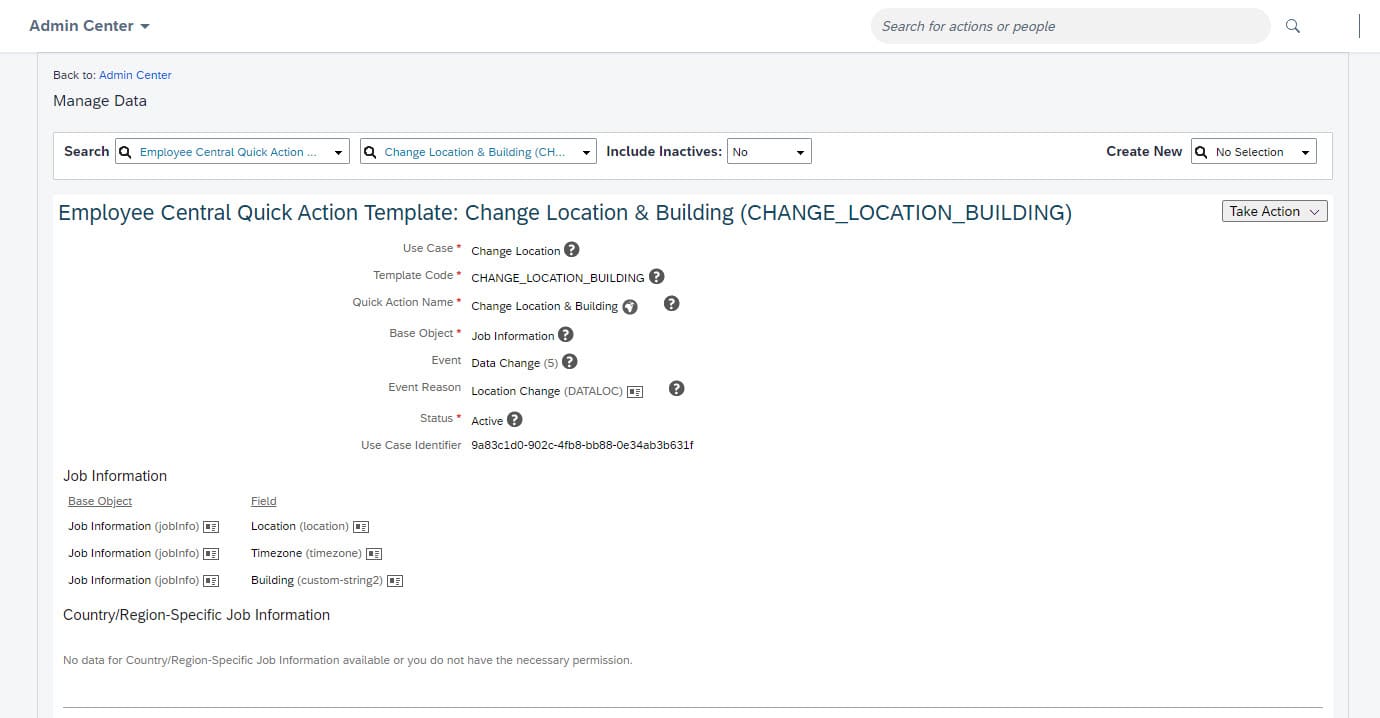
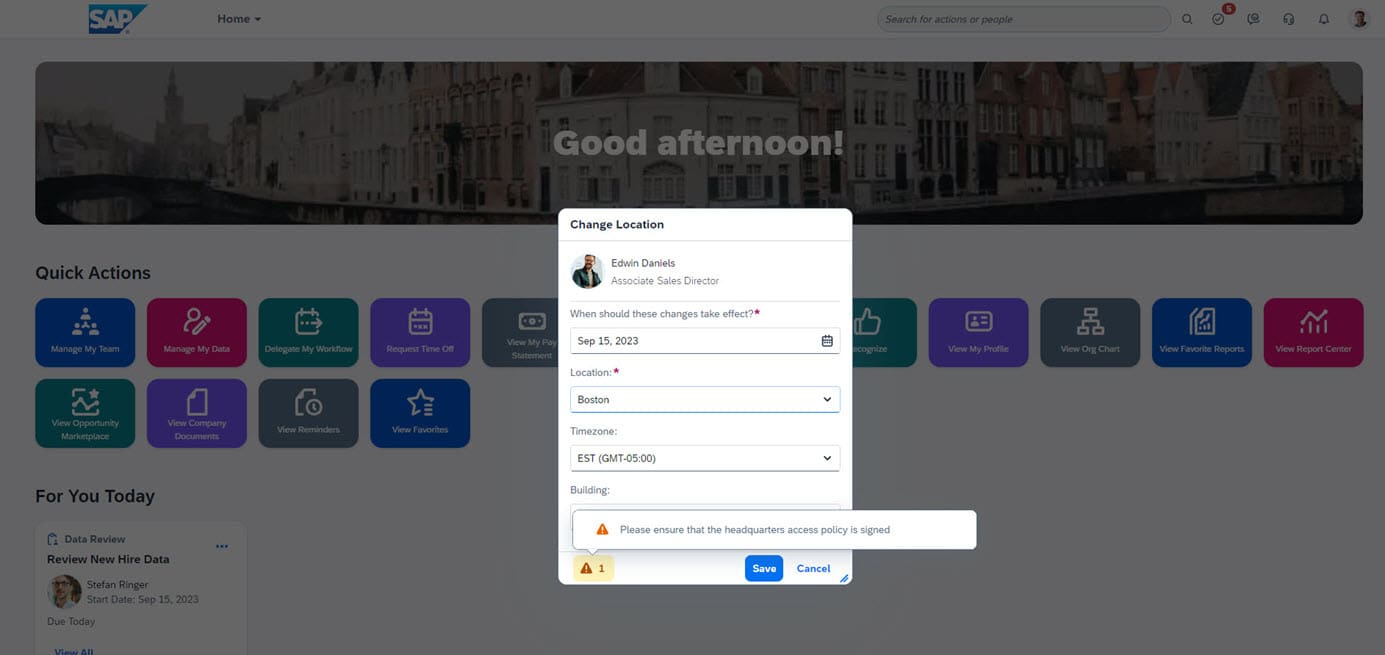
Universal Updates for Centralized Services
SAP made several centralized services available in this release:
- Final Workflow Approval & History UI Saving for Dependents
- Support for Hire/Rehire, including Fixed Term Contracts
- Manager Self Service changes for Concurrent Employment
- Manager Self Service changes for Global Assignments
- Termination Imports with Pension Payouts
- Integrations between EC and Compensation Modules and Global Benefits
This also includes Centralized Services SAP implemented in previous releases that had no option to turn off. Any previous Centralized Services disabled in the instance will be automatically enabled, and you’ll no longer be able to remove them.
Deprecation of XML File (YouCalc Rules) Based Workflow Triggering
With the business rules and Event and Workflow Derivation updates, SAP deprecated the legacy method for Workflow Triggering using the XML File and YouCalc Rules.
The legacy method was available until this release, but new clients will no longer be able to use it. Existing clients can still use the XML Workflow until November 2025, but we highly recommend using Business Rules for Workflow going forward.
Enhanced Rule Handling for Event Reason Derivation and Workflow Derivation Rules
SAP updated the order in which the system processes the Event Derivation and Workflow rules. The existing On Save rules triggered on the portlets will now be processed in order based on the Manage Business Configuration settings (except for Event Derivation and Workflow, which execute after the On Save rules).
This might affect you if you process these rules before other potentially modifying On Save rules. You’ll need to test your configuration with the Preview system.
You can identify these rules using the Scenario for Workflow and Event Derivations.
New Compensation Structure Object
SAP added a new object to the Compensation Information portlet called the Compensation Structure. This structure allows more control over specific UI behavior that can be assigned based on various Employee Types within the system. These behaviors include:
- Defining Pay Component sort order
- Filtering the Pay Components available
- Mandatory Pay Components
- Compa Ratio and Range Penetration flexibility
This update provides much-needed flexibility without defining several rules that require ongoing maintenance.
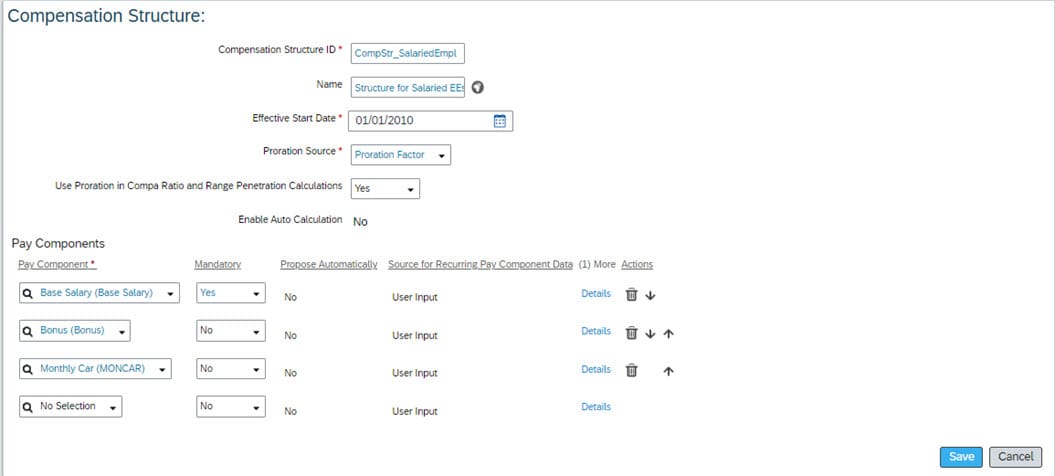
Enhancements to Configuration Transport Center
With the eventual removal of the Instance Sync functionality (November 2024), SAP made enhancements to the Configuration Transport Center to make it the single solution for transferring configuration between instances. These updates include:
- Business Configuration UI – Ability to add to transport from within the BCUI
- Foundation Obejcts – Ability to add to a transport bundle from within Manage Pay, Org, and Job Structures
- Employee Central Configuration Area updates with the removal of deprecated functionality and the expansion of the functionality able to be transferred
- Foundation Object Dependencies control
- Business Rules – Ability to add to transport from the UI
- Restrict Admins from Duplicating Configurations when transporting
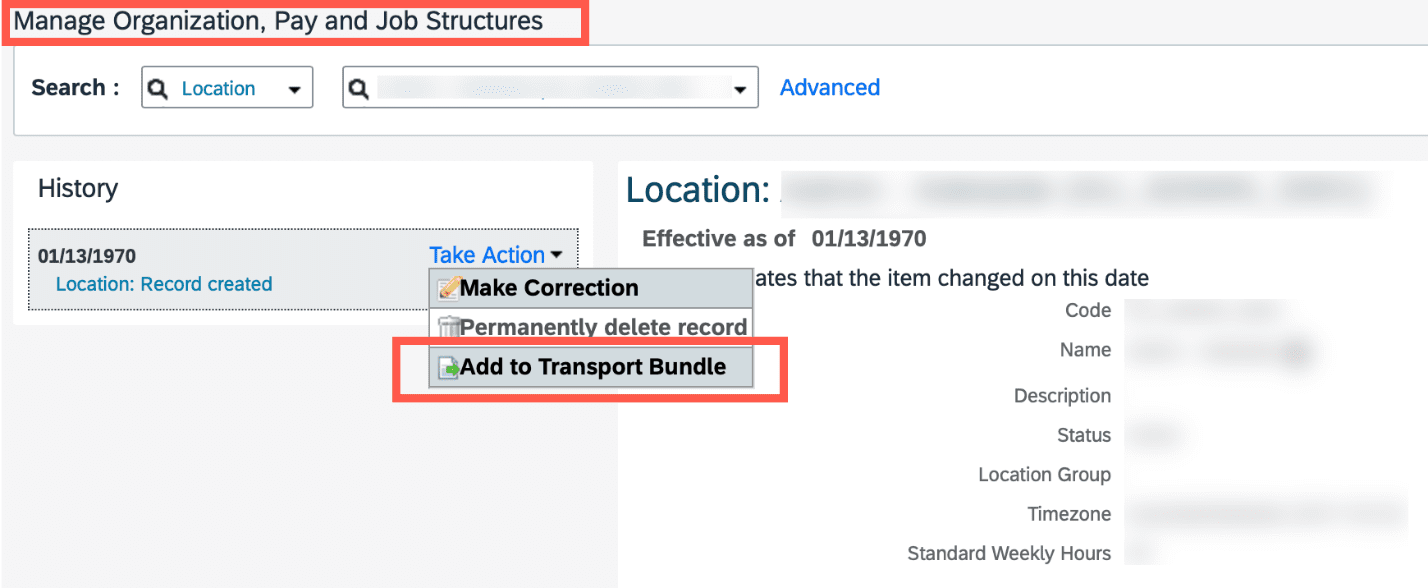

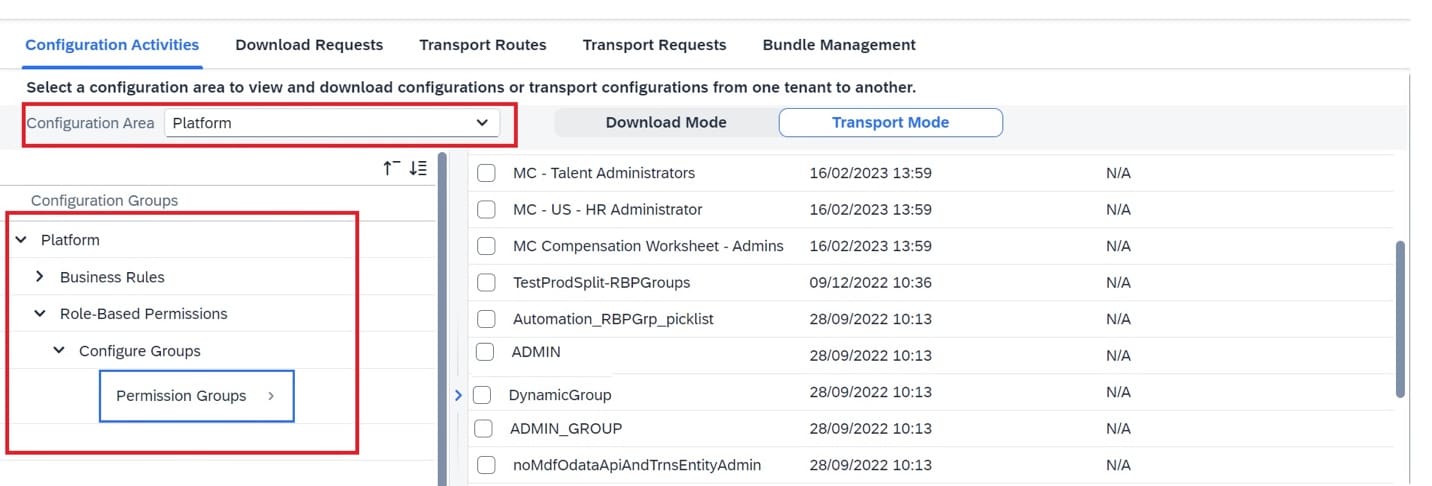
Cross System Workflow
SAP moved the Cross-System Workflow feature to General Availability. This lets you combine workflows across cloud and on-premise solutions.
This feature is meant for hybrid landscapes with business processes spanning both on-premise and cloud applications. It streamlines HR standard processes (like a new hire or change of working time) that require follow-up processes in other applications like payroll.
Cross-system workflow for SAP SuccessFactors also allows you to combine HR business processes across non-HR solutions (including third-party applications.)
